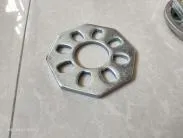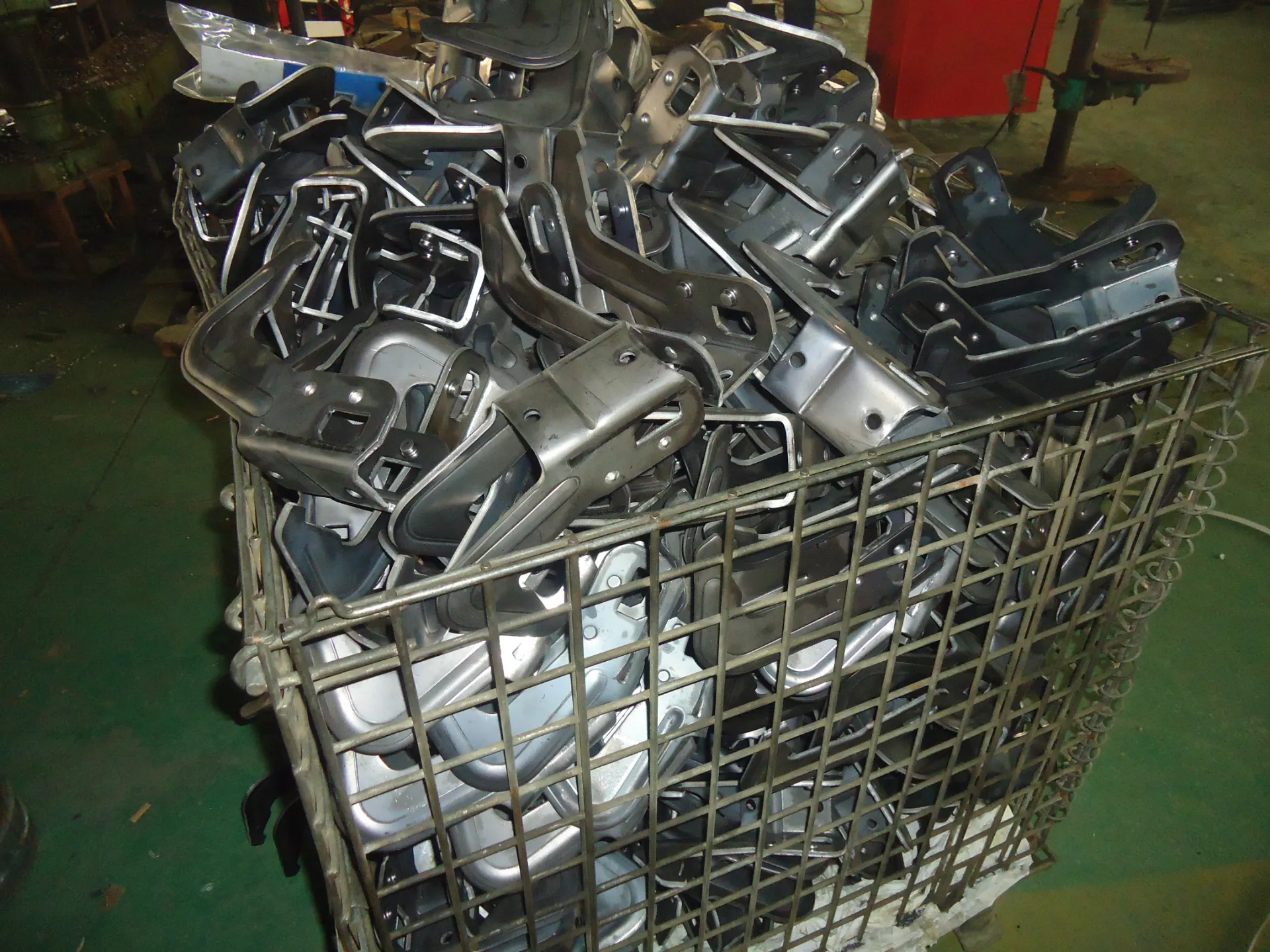- Phone: +86 132 8320 1810
- Email: annie@wrkgroup.ltd
-
- Afrikaans
- Albanian
- Amharic
- Arabic
- Armenian
- Azerbaijani
- Basque
- Belarusian
- Bengali
- Bosnian
- Bulgarian
- Catalan
- Cebuano
- China
- China (Taiwan)
- Corsican
- Croatian
- Czech
- Danish
- Dutch
- English
- Esperanto
- Estonian
- Finnish
- French
- Frisian
- Galician
- Georgian
- German
- Greek
- Gujarati
- Haitian Creole
- hausa
- hawaiian
- Hebrew
- Hindi
- Miao
- Indonesian
- Italian
- Japanese
- Javanese
- Malay
- Persian
- Portuguese
- Punjabi
- Russian
- Spanish
- Swahili
- Telugu
- Vietnamese
ఫిబ్ర . 13, 2025 12:41 Back To List
water stop tie rod
Water stop tie rods play a crucial role in the construction industry, ensuring structural integrity and durability in concrete structures by preventing water ingress. These components are indispensable, particularly in settings where a robust water-sealing system is paramount. Their relevance cannot be overstated, as any compromise in their function can lead to significant infrastructural challenges.
For contractors, authenticating the trustworthiness of the product manufacturer is crucial. Working with reputable manufacturers ensures compliance with both local and international standards, which, in turn, guarantees the safety and durability of the structure. Manufacturers who provide detailed product specifications, technical support, and conformity assessments empower construction professionals to maintain high standards on site. In the realm of authority, established construction firms have pioneered best practices in the application of water stop tie rods, sharing their methodologies in industry journals, webinars, and construction expos. These platforms often become a crucible for innovation and improvement in water stop tie rod application techniques, providing a valuable knowledge base for new and seasoned contractors alike. Practical experience highlights the importance of proper installation. Each phase of installation, from the initial layout and stabilization to the final checks and balances, must be executed with precision. Misalignment or improper tension during the installation can compromise the system's efficacy. Thus, frequent training sessions and workshops are encouraged for site workers, allowing them to gain hands-on experience under professional guidance. Trust is further bolstered when a thorough inspection regimen is established, both during and after installation. This involves visual inspections, pressure tests, and, where necessary, the use of technology such as moisture meters and thermal imaging to verify the integrity of the installation. Any potential issues can be addressed immediately, ensuring that the structure remains water-tight for its intended lifespan. In conclusion, water stop tie rods are more than just components in a construction project; they are pivotal to the longevity and resilience of concrete structures in water-prone environments. By focusing on experience, expertise, authoritativeness, and trustworthiness, stakeholders in the construction industry can optimize their use and ensure that these vital components fulfill their intended purpose with remarkable precision.


For contractors, authenticating the trustworthiness of the product manufacturer is crucial. Working with reputable manufacturers ensures compliance with both local and international standards, which, in turn, guarantees the safety and durability of the structure. Manufacturers who provide detailed product specifications, technical support, and conformity assessments empower construction professionals to maintain high standards on site. In the realm of authority, established construction firms have pioneered best practices in the application of water stop tie rods, sharing their methodologies in industry journals, webinars, and construction expos. These platforms often become a crucible for innovation and improvement in water stop tie rod application techniques, providing a valuable knowledge base for new and seasoned contractors alike. Practical experience highlights the importance of proper installation. Each phase of installation, from the initial layout and stabilization to the final checks and balances, must be executed with precision. Misalignment or improper tension during the installation can compromise the system's efficacy. Thus, frequent training sessions and workshops are encouraged for site workers, allowing them to gain hands-on experience under professional guidance. Trust is further bolstered when a thorough inspection regimen is established, both during and after installation. This involves visual inspections, pressure tests, and, where necessary, the use of technology such as moisture meters and thermal imaging to verify the integrity of the installation. Any potential issues can be addressed immediately, ensuring that the structure remains water-tight for its intended lifespan. In conclusion, water stop tie rods are more than just components in a construction project; they are pivotal to the longevity and resilience of concrete structures in water-prone environments. By focusing on experience, expertise, authoritativeness, and trustworthiness, stakeholders in the construction industry can optimize their use and ensure that these vital components fulfill their intended purpose with remarkable precision.
Prev:
Next:
Latest News
-
Premium Screw Jacks Scaffolding Systems - Efficient Height ControlNewsAug.01,2025
-
Durable Concrete Form Ties Enhanced with AI | Buy OnlineNewsJul.31,2025
-
High-Quality Roofing Materials for Durable Building SolutionsNewsJul.30,2025
-
High-Quality Scaffolding Pins for Sale – Durable & Secure Scaffold Toggle PinsNewsJul.30,2025
-
High-Quality Scaffold Coupling Pins for Secure ConnectionsNewsJul.29,2025
-
High-Quality Formwork Clamp for Concrete Construction, Durable & Easy to UseNewsJul.29,2025
Products categories











